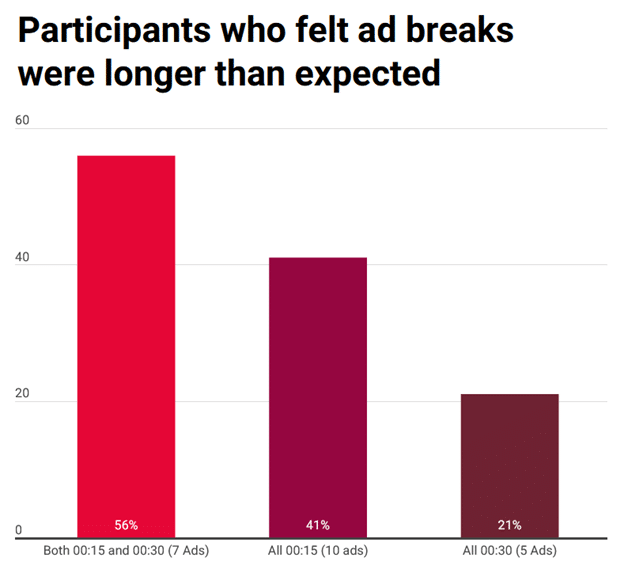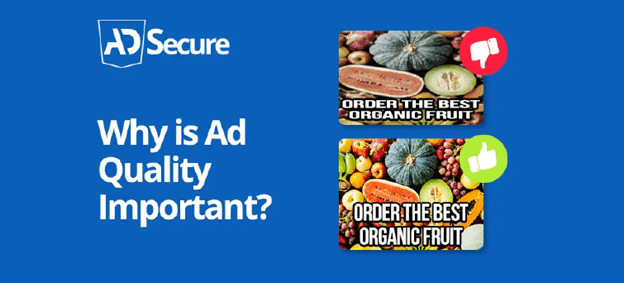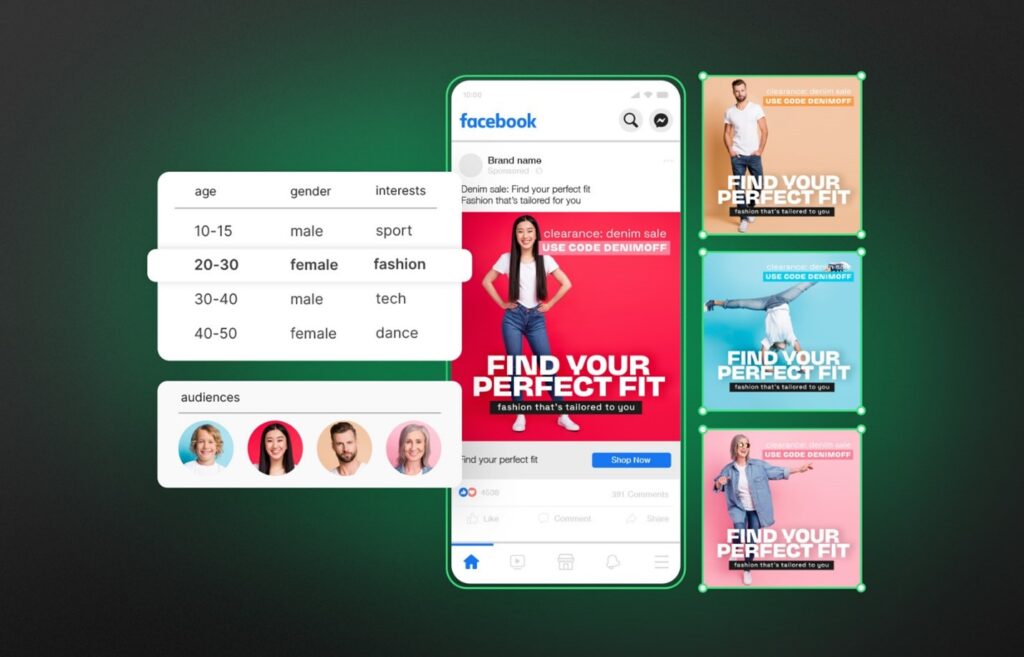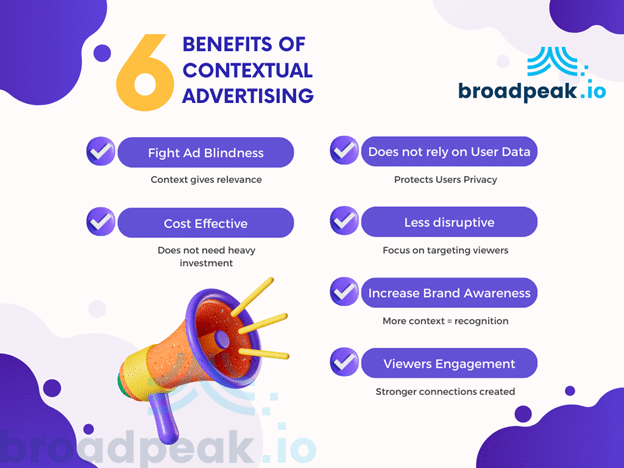In Connected TV (CTV), publishers and advertisers grapple with a unique challenge: crafting ad breaks that generate revenue and uphold a positive user experience. Lately, the strategy behind ad breaks has taken on a new level of importance. The more viewers are captivated by the ads, the more lucrative the revenue stream can become.
This blog post explores effective practices and innovations in CTV advertising that help balance viewer engagement with monetization.
The Importance of Optimized Ad Breaks
The quality of ad breaks plays a pivotal role in viewer retention. While traditional TV viewers are accustomed to linear ad breaks, CTV offers a unique dynamic where ad breaks can be tailored to individual viewers. However, this potential for personalization comes with its challenges. In today’s competitive media landscape, where viewers have many options, ads’ quality can significantly influence user experience, viewer engagement, and loyalty.
For ads to truly make an impact, they must seamlessly blend into the content experience, quality, and context. This approach helps retain viewers’ attention and amplifies media companies’ potential for monetization. It’s fundamental to avoid detrimental advertising practices such as intrusive pop-ups or irrelevant ads, which can lead to viewer churn.
Concretely, CTV platforms must ensure that ad breaks are smooth and engaging to prevent viewer drop-off. This involves the technical delivery of ads and their content and relevance to the viewer. Let’s review some best practices to apply to your platform.

Strategic Placement and Timing
Optimizing the timing and placement of ad breaks is fundamental. While in linear TV, the programmers typically do the ad breaks, and distributors have few ways to optimize them, Video-on-Demand streaming is different. Ad breaks should be inserted at natural pauses in the content to ensure a seamless viewing experience. This strategy keeps the viewer engaged and prevents the disruption of critical scenes, especially in movies and TV shows.
To succeed, you must ensure your content has been correctly conditioned. We have written an article on this very topic.

Quality and Consistency
Research from Conviva has shown that subpar online ad experiences can lead to viewer churn rates as high as 58%. Maintaining high-quality streaming during ad breaks is key:
- The transition between content and advertisements should be smooth, with no audio and video quality compromise.
- The switch back to the original content from the ads should be pristine.
- The ads should be in the same language as what has been just watched.
- The ads should not feel loud.
This consistency helps keep the viewer’s attention and prevents drop-offs due to poor ad quality. It would be best if you chose the right SSAI partner who can prepare the ads on the fly to fit the characteristics of your content precisely. This ensures no playback problems.

Dynamic Ads and Targeting
Dynamic ad pods enable the customization of ad sequences in real time based on viewer data, which enhances relevance and engagement.

Configuring Dynamic Ad Pods
First, to optimize ad sequences in real-time, it’s important to implement systems that analyze viewer data as it’s generated. This involves using demographic information, viewing habits, and prior ad interactions to tailor ad sequences for each viewer.
Integration using a SSAI with ad servers is also vital. This ensures that ad-serving technology works seamlessly with content delivery networks (CDNs) and player technology.
Finally, continuous monitoring and optimization of ad performance are essential. Regularly tracking how different ad sequences perform and using A/B testing to refine the placement algorithms will help maintain ad campaign effectiveness and enhance viewer engagement.
Implementing Targeting
Considering the viewer’s profile and data such as the time of day, the device being used, and the viewer’s location—is critical for the relevance and effectiveness of the ads served. In parallel, ensuring compliance with privacy regulations like GDPR or CCPA is important. Anonymizing data and securing viewer consent is essential to maintaining privacy and trust while employing contextual targeting strategies.
Viewer Experience Enhancements
If not already done, incorporating elements like break jingles at the beginning and end of ad breaks can help make them less intrusive. These jingles signal transitions, preparing the viewer psychologically and enhancing the overall experience.

Additionally, employing gap fillers or slates during unfilled ad slots ensures that there are no blank screens, which can detract from the viewer’s experience.

Frequency Management
Excessive ads pose a significant challenge for publishers, risking their income as consumers shy away from sites saturated with aggressive advertising. To maintain profitability while keeping advertisers’ and audiences’ content, publishers must design captivating ads that are smooth, requiring creative strategies to navigate successfully.
It’s also essential to avoid advertisement repetition within the same viewing session. Implementing frequency capping can prevent viewer irritation and enhance the overall perception of the ad content. Advertisers can maintain viewer interest and satisfaction by ensuring the same ad appears only occasionally.

Leveraging Ad Pod Bidding and Spot-to-Spot Replacement for Enhanced Targeting
Advanced techniques such as ad pod bidding and spot2spot replacements can further refine ad placement. Ad pod bidding allows real-time bidding on ad spots within a break, optimizing revenue potential and ad relevance. Spot2Spot replacements enable the capacity to replace only certain ads during the break, ensuring the relevant ads are tracked and delivered to the users.
Ad pod bidding is an innovative approach that addresses the complexities of CTV ad break construction. Unlike traditional TV, where ad slots are fixed, CTV ad pods are curated in real-time, allowing advertisers to bid on slots within a single break. This system supports competitive separation and strategic placement, ensuring ads are contextually relevant, well-timed, and appropriately spaced within the break.
This dynamic system benefits advertisers by allowing them to place their ads strategically at the pod’s beginning, middle, or end, depending on viewer engagement metrics and the likelihood of ad visibility. It also helps maintain brand safety by ensuring competitive ads are not placed consecutively.
The Role of Contextual and Data-Driven Targeting
Integrating first- and third-party data transforms how CTV ads are targeted and served. By utilizing viewer data in a privacy-compliant manner, CTV platforms can offer advertisers granular targeting options previously only available in digital advertising. This includes targeting based on viewer behavior, preferences, and even real-time viewing context (the availability of this data lately accelerated by AI).
Contextual targeting in CTV takes advantage of the specific content being viewed. By analyzing the content at a granular level—such as the particular show or even the scenes within it—advertisers can place ads that are contextually aligned with the content, enhancing the relevance and effectiveness of the ads – and reducing ad fraud at the same time.

Conclusion
As CTV continues to grow, the strategies around ad break construction and execution will increasingly dictate the success of streaming platforms in engaging viewers and maximizing ad revenue. By optimizing ad breaks, utilizing ad pod bidding, employing data-driven targeting, and innovating with dynamic and structured ad pods, CTV platforms can create a more personalized and enjoyable viewing experience that attracts advertisers and satisfies viewers.
The ongoing development of these technologies and strategies will play a crucial role in the future of advertising in the streaming age, making CTV an exciting space for both media companies and their audiences. As this evolves, staying ahead of these trends will be essential for those looking to succeed: ensure you are working with partners to elevate your vision and accelerate your strategy (for example, broadpeak.io ?).











